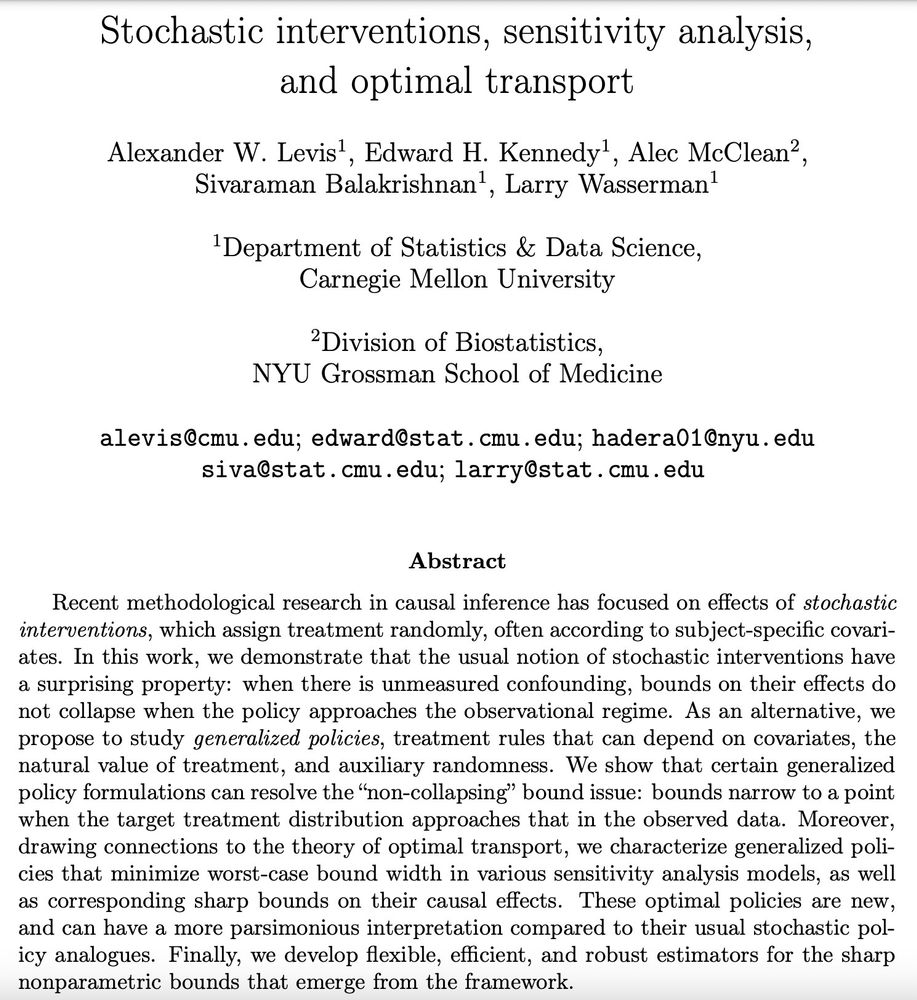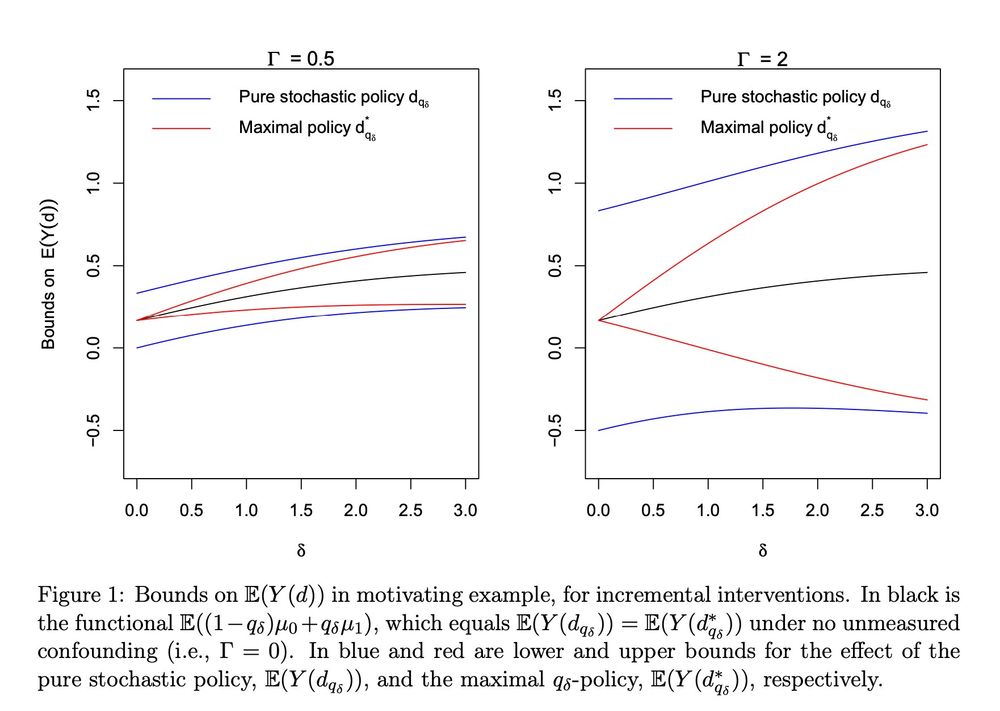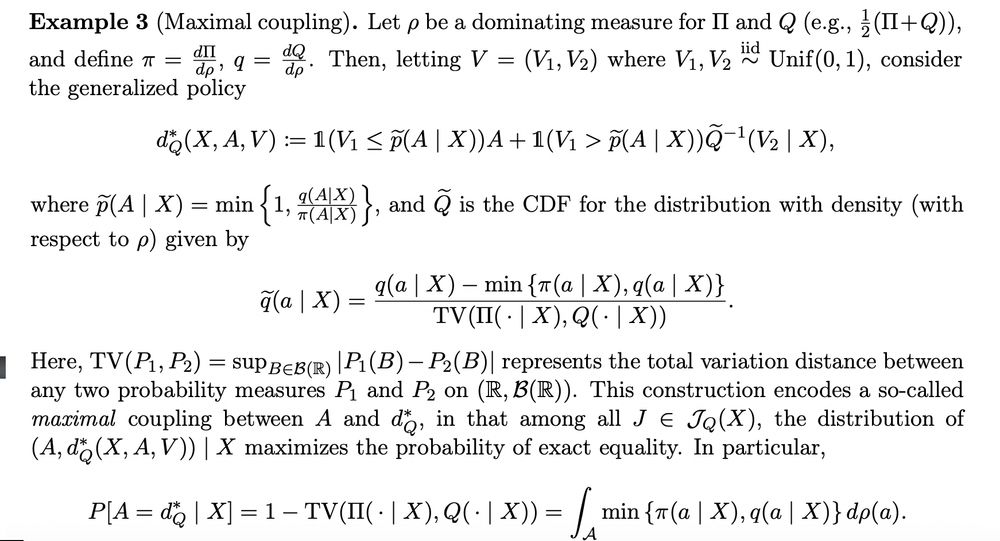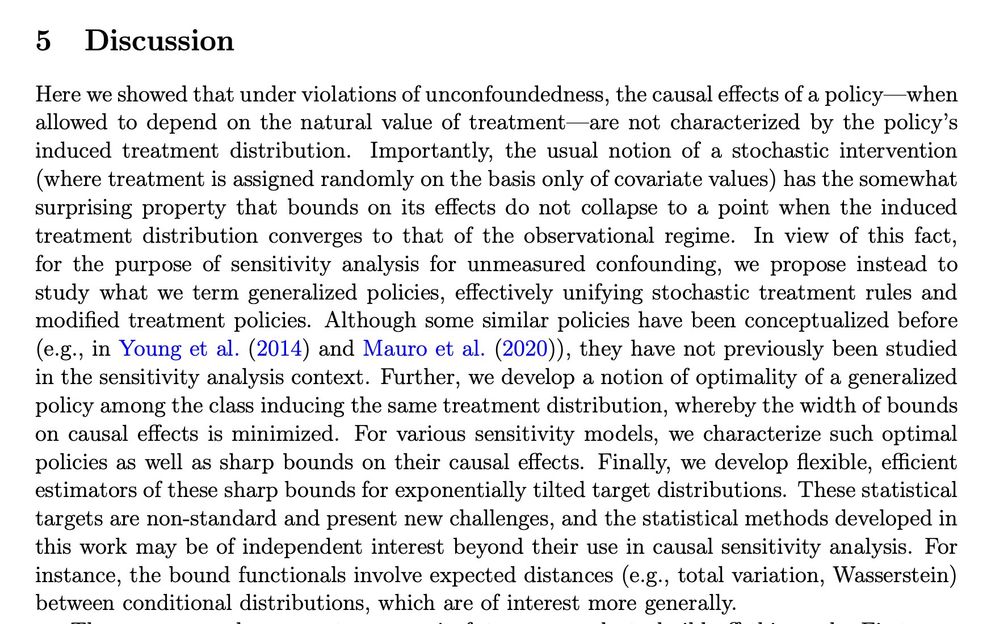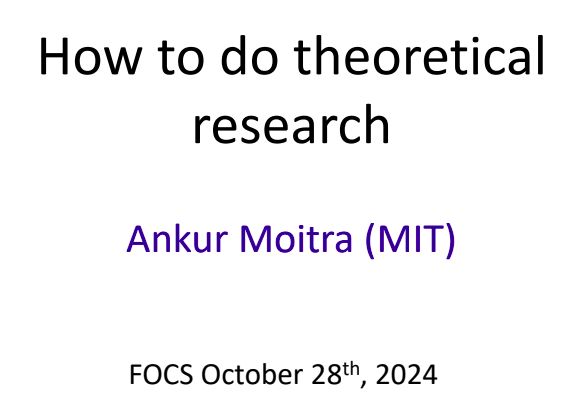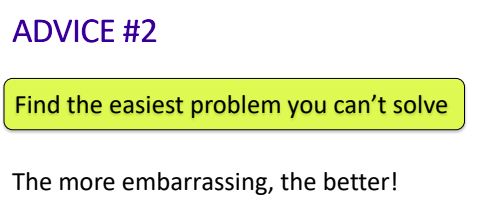Edward H. Kennedy
@edwardhkennedy.bsky.social
2.5K followers
260 following
64 posts
assoc prof of statistics & data science at Carnegie Mellon
https://www.ehkennedy.com/
interested in causality, machine learning, nonparametrics, public policy, etc
Posts
Media
Videos
Starter Packs
Pinned
Reposted by Edward H. Kennedy
Reposted by Edward H. Kennedy
Reposted by Edward H. Kennedy
Peter Hull
@instrumenthull.bsky.social
· Dec 27
Reposted by Edward H. Kennedy
Iván Díaz
@idiaz.bsky.social
· Dec 13
Alec McClean
@alecmcclean.bsky.social
· Dec 13

Fair comparisons of causal parameters with many treatments and positivity violations
Comparing outcomes across treatments is essential in medicine and public policy. To do so, researchers typically estimate a set of parameters, possibly counterfactual, with each targeting a different ...
arxiv.org
Reposted by Edward H. Kennedy
Alec McClean
@alecmcclean.bsky.social
· Dec 13

Fair comparisons of causal parameters with many treatments and positivity violations
Comparing outcomes across treatments is essential in medicine and public policy. To do so, researchers typically estimate a set of parameters, possibly counterfactual, with each targeting a different ...
arxiv.org
Reposted by Edward H. Kennedy
Reposted by Edward H. Kennedy
Alec McClean
@alecmcclean.bsky.social
· Dec 13
Reposted by Edward H. Kennedy


